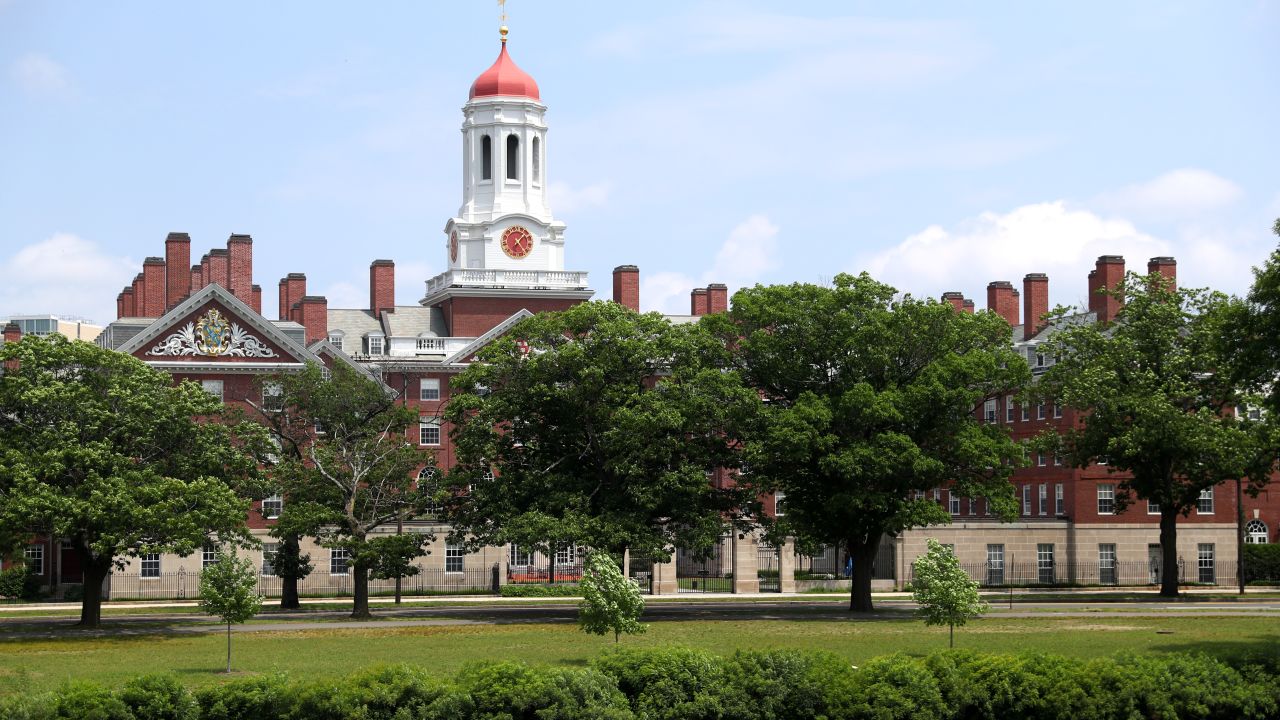The Colombian government is facing difficulties in evacuating people at risk from a possible eruption of the Nevado del Ruiz volcano, located between Dolima and Caldas. “Farmers are afraid of losing what little they have. Their cows, their goats,” Luis Fernando Velasco, head of the National Division for Disaster Risk Management (UNGRD), explained to this newspaper by phone. Many state agencies are touring the affected areas to highlight the need for preventive evacuations. Mayors And governors have until Friday night to send data on evacuation levels to UNGRD.Velasco hopes to have consolidated figures on Saturday.
“We didn’t get the response we wanted from some people,” admits the director-in-charge of UNGRD, after the fifth meeting of the Unified Command Post (PMU) he co-hosted with Environment Minister Susana Muhammed. However, under the responsibility of the Colombian Institute of Family Welfare (ICBF), he emphasizes that there have been successes in evicting children and that the Ministry of Agriculture is working on a program to clear land for farmers’ livestock. Moved. Meanwhile, municipalities are responsible for providing shelters that welcome the affected population.
Velasco points out that there is no certainty that the volcano will erupt. However, he explains that preventive evacuation is necessary because there are worrying signs that it might occur. “We can’t be reckless about when it will blow, but we can’t be so reckless about not being prepared for the possibilities,” he notes. UNGRD estimates that there are about 2,500 households in high-risk areas.
Nevado del Ruiz has been causing concern since March 24. Seismic activity in its Arenas crater has reached levels not recorded in years and temperatures have reached alarming readings, indicating magma is near the surface. The Colombian Geological Services on March 31 saw its activity level reach orange for the first time in 10 years.
An explosion can bring gases and liquids to high velocities and temperatures. The most dangerous phenomena are ‘burning clouds’ or pyroclastic flows – a mixture of extremely hot gases and solid particles – and the breakdown of rocks falling on people. If the eruption is strong enough, ash can reach thousands of kilometers and create mudflows that affect rivers.
newsletter
Analysis of current events and Colombia’s best stories in your mailbox every week
get
The UNGRT director highlights the importance of remembering the Armero tragedy in 1985, when 25,000 people died in an avalanche caused by a volcanic eruption. “Officials at all levels are telling people to remember,” he says. In the event of an imminent explosion, alarms are activated and church bells are rung to activate emergency evacuation procedures.
The Colombian Geological Service (SGC) this Friday records a slight reduction in volcanic seismic activity compared to Thursday, but remains orange in magnitude. Velasco insists there are no small risks for now. “In 1985, there were earthquakes throughout the year. They stopped for a few days and a week later there was a big explosion,” he asserts.
Subscribe here Subscribe to EL PAÍS newsletter in Colombia and get all the important information about the country’s current affairs.





